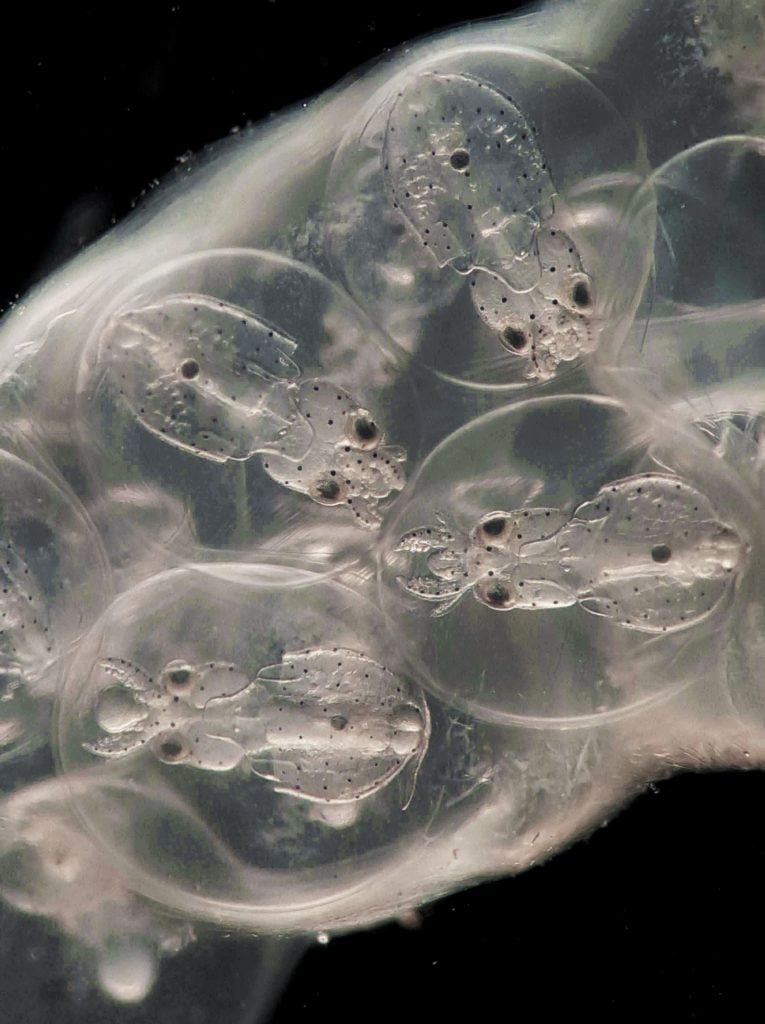
Four squid embryos in their egg sac. These are the squid species Doryteuthis pealeii. Credit: Kristen Koenig
Cephalopods were found to have similar brain development to vertebrates in a new study.
Cephalopods, which include octopuses, squid, and cuttlefish, exhibit impressive behaviors such as the ability to quickly adapt their appearance to blend into their surroundings, communicate with one another, demonstrate spatial learning, and use tools to solve problems. Their high level of intelligence even allows them to experience boredom.
It’s no secret what makes it possible: Cephalopods, including octopuses, squid, and cuttlefish, have the most complex brains of any invertebrates. However, the process of how they develop these large brains has remained a mystery. A Harvard University lab studying the visual system of these creatures, which is where the majority of their central processing tissue is focused, believes they have made significant progress in understanding the process. The process, they say, looks surprisingly familiar.
Researchers from the FAS Center for Systems Biology describe how they used a new live-imaging technique to watch neurons being created in the embryo in almost real time. They were then able to track those cells through the development of the nervous system in the retina. What they saw surprised them.
This is an example of the live imaging data generated in this paper. The membranes of the cells in the eye are labeled with a fluorescent dye allowing us to visualize individual cell behavior during development. Credit: Kristen Koenig
The neural stem cells they tracked behaved eerily similar to the way these cells behave in vertebrates during the development of their nervous system. It suggests that vertebrates and cephalopods, despite diverging from each other 500 million years ago, not only are using similar mechanisms to make their big brains but that this process and the way the cells act, divide, and are shaped may essentially layout the blueprint required to develop this kind of nervous system.
“Our conclusions were surprising because a lot of what we know about nervous system development in vertebrates has long been thought to be special to that lineage,” said Kristen Koenig, a John Harvard Distinguished Fellow and senior author of the study. “By observing the fact that the process is very similar, what it suggested to us is that these two independently evolved very large nervous systems are using the same mechanisms to build them. What that suggests is that those mechanisms — those tools — the animals use during development may be important for building big nervous systems.”
The scientists from the Koenig Lab focused on the retina of a squid called Doryteuthis pealeii, more simply known as a type of longfin squid. The squid grow to be about a foot long and are abundant in the northwest Atlantic Ocean. As embryos, they look quite adorable with big heads and big eyes.
The researchers used similar techniques to those made popular to study model organisms, like fruit flies and zebrafish. They created special tools and used cutting-edge microscopes that could take high-resolution images every ten minutes for hours on end to see how individual cells behave. The researchers used fluorescent dyes to mark the cells so they could map and track them.
This live-imaging technique allowed the team to observe stem cells called neural progenitor cells and how they are organized. The cells form a special kind of structure called a pseudostratified epithelium. Its main feature is the cells are elongated so they can be densely packed. The researchers also saw the nucleus of these structures move up and down before and after dividing. This movement is important for keeping the tissue organized and growth continuing, they said.
This type of structure is universal in how vertebrate species develop their brain and eyes. Historically, it was considered one of the reasons the vertebrate nervous system could grow so large and complex. Scientists have observed examples of this type of neural epithelium in other animals, but the squid tissue they looked at in this instance was unusually similar to vertebrate tissues in its size, organization, and the way the nucleus moved.
The research was led by Francesca R. Napoli and Christina M. Daly, research assistants in the Koenig Lab.
Next, the lab plans to look at how different cell types in cephalopod brains emerge. Koenig wants to determine whether they’re expressed at different times, how they decide to become one type of neuron versus another, and whether this action is similar across species.
Koenig is excited about the potential discoveries that lie ahead.
“One of the big takeaways from this type of work is just how valuable it is to study the diversity of life,” Koenig said. “By studying this diversity, you can actually really come back to fundamental ideas about even our own development and our own biomedically relevant questions. You can really speak to those questions.”
Reference: “Cephalopod retinal development shows vertebrate-like mechanisms of neurogenesis” by Francesca R. Napoli, Christina M. Daly, Stephanie Neal, Kyle J. McCulloch, Alexandra R. Zaloga, Alicia Liu and Kristen M. Koenig, 9 November 2022, Current Biology.
DOI: 10.1016/j.cub.2022.10.027

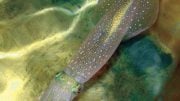
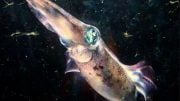
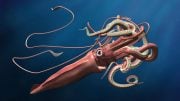
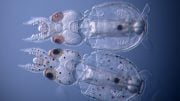
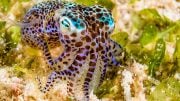
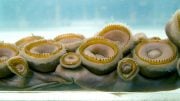
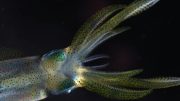

Be the first to comment on "Harvard Scientists Reveal How Squid and Octopus Get Their Big Brains"